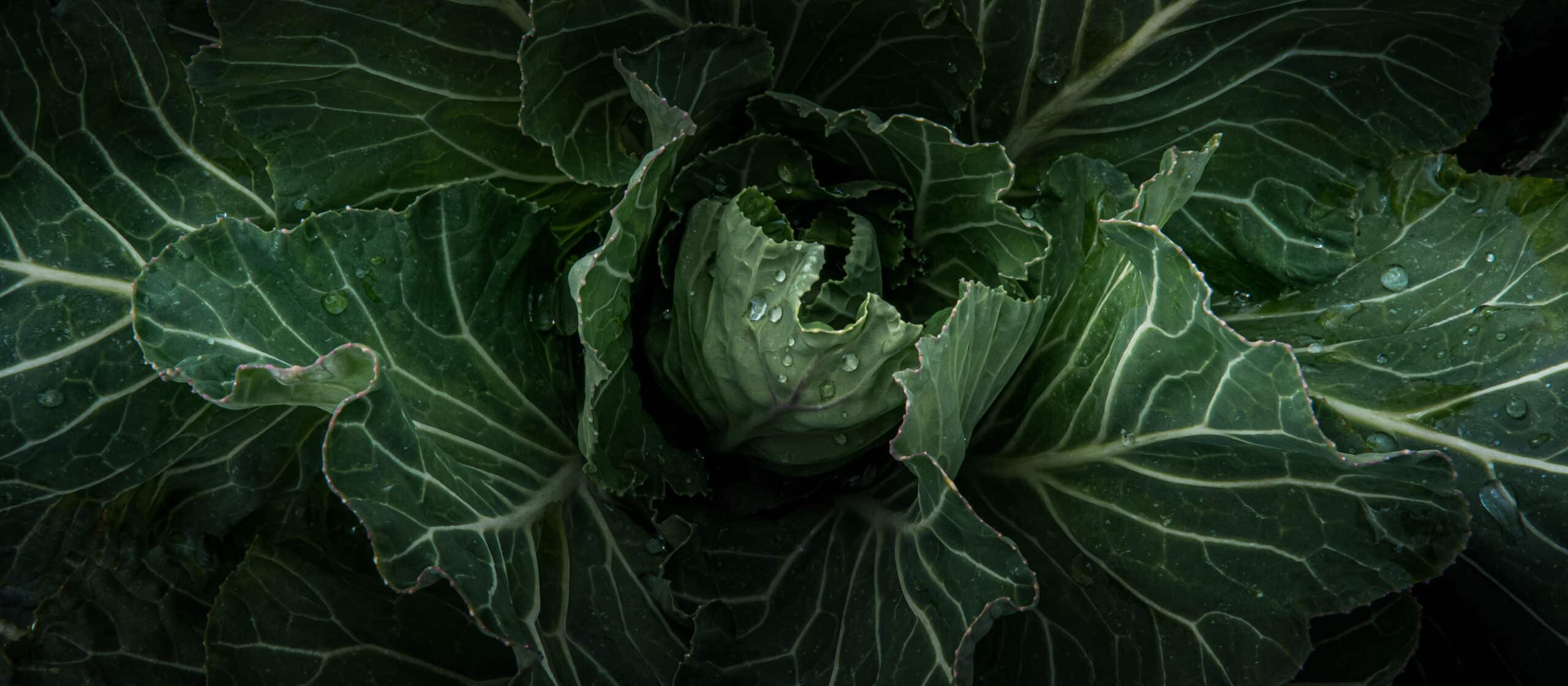
EarthTalk: Harnessing Bioluminescence For Practical Purposes
EarthTalk: Harnessing Bioluminescence For Practical Purposes
- posted on: October 22, 2019
- posted by: 21 Acres
"*" indicates required fields

Modern researchers are hard at work synthesizing the chemical reactions behind bioluminescence for a range of modern-day applications.
21 Acres is pleased to partner with EarthTalk and the editors of E–The Environmental Magazine to bring you information and resources for greener living! Twice a month we will share EarthTalk’s informative and thoughtful responses to queries they receive from the public for their internationally syndicated Q&A column.
The question EarthTalk explores for us today is: Is there any way we could harness the light from bioluminescent organisms for everyday lighting and other practical purposes?… their detailed answer is below!

Dear EarthTalk: Is there any way we could harness the light from bioluminescent organisms for everyday lighting and other practical purposes?
—M. Wilson, Framingham, MA
Bioluminescence—defined by Merriam-Webster as “the emission of light from living organisms (such as fireflies, dinoflagellates, and bacteria) as the result of internal, typically oxidative chemical reactions”—is one of the wonders of nature that just about any of us can witness.
While a few organisms can produce bioluminescent light outside of the oceans (think fireflies), most of the bioluminescence going on is in saltwater. In fact, the vast majority of bioluminescent organisms evolved in order to provide light in deep sea marine ecosystems—either to light up prey or as a warning against predators—far below sunlight’s reach into the water column.
What exactly causes bioluminescence? Other sources of light (the sun, fire, light bulbs) generate energy from heat, whereas bioluminescent light comes from energy released in a chemical reaction: When two organic chemicals, luciferin and luciferase, combine, they release light-based energy as they oxidize.
While the general process is the same across all bioluminescent organisms, the color of the light in each situation depends on the chemical structures of the different life forms involved. Fireflies most commonly light up as green or yellow—and sometimes red—while most of the bioluminescence under water comes through as blue-green or green light.
Humans have been putting natural bioluminescence to work for a while—19th century coal miners would trap fireflies in jars and use them as safety lights (instead of open-flame candles or lanterns that could cause an explosion). But nowadays researchers are hard at work synthesizing the chemical reactions behind bioluminescence for a range of modern-day applications.
Harnessing bioluminescence to help cure disease is a big focus of some biomedical research companies, given the promise of using heat-free organic light to detect metastasizing cancer cells, stem cells, viruses or bacteria within living tissue. The military also has big hopes for utilizing the chemical reactions of bioluminescence to create light that won’t trigger the heat-seeking sensory equipment of the enemy whether on land, at sea or in the sky.
Some other practical applications of bioluminescence, as recently highlighted by Popular Mechanics, include an effort to splice genes from bioluminescent organisms into trees that would light up when the sun sets (as an all-natural alternative to street lights), using bioluminescent bacterium to highlight contaminants in drinking water supplies, and genetically modifying crop seeds to grow fruits and vegetables that could signal their need for more water or other inputs by glowing accordingly.
While none of these “technologies” is yet ready for mainstream implementation, it’s good to know that the future looks bright even if we run out of fossil fuels to power our traditional light bulbs.
CONTACTS: ScienceDirect’s article on biomedical research and Popular Mechanics
EarthTalk® is a weekly syndicated column produced by Doug Moss and Roddy Scheer for the non-profit EarthTalk. To find out more, submit a question, or make a donation, visit EarthTalk.org.
Check back here regularly for more EarthTalk posts.
Come visit us at 21 Acres and we’d be glad to talk about topics such as this. We love sharing ideas and resources, including how we make wise choices in purchasing food and other products.
Our Green Directory is a great resource for identifying a wide variety of environmentally-friendly products, businesses, and news sources.











 back to blog overview
back to blog overview








